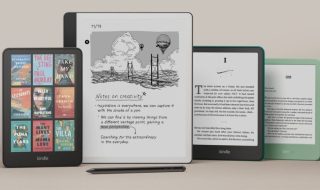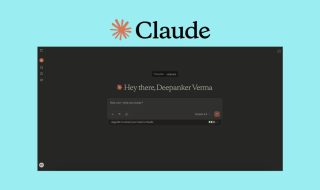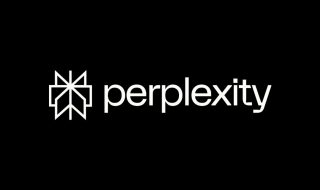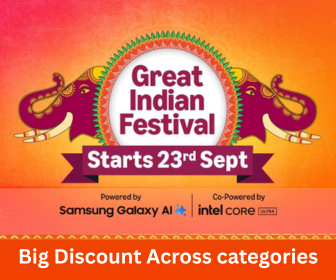Google has expanded its no-code AI mini-app builder, Opal, to over 160 countries. The tool is still marked as Experimental, so users may experience some glitches.
Opal first launched in the United States on July 24, 2025. On October 7, it expanded to 15 more countries, including Canada, India, Japan, South Korea, Vietnam, Indonesia, Brazil, Singapore, Colombia, El Salvador, Costa Rica, Panamá, Honduras, Argentina, and Pakistan. With the global rollout, the tool is now accessible to most users worldwide, though not everyone may have access yet.
Since its launch, users have been creating complex mini-apps to simplify workflows, manage data, and automate tasks. Opal can extract and analyze web data, saving results directly to Google Sheets. It can also generate custom reports, automate tasks like weekly newsletters, contract redlining, and meal planning, and create tools for data analysis.
Marketers and content creators are using Opal to generate blog posts, social media captions, and video ad scripts from a single concept. The tool also helps with visual content creation, such as generating images and overlaying them with custom text. Writers are using Opal to brainstorm stories, create scripts, and even produce accompanying audio voice-overs.
Entrepreneurs are finding it useful for testing new ideas and building simple mini-apps. Popular examples include language learning apps, custom travel planners, and quick generator apps.
Getting started with Opal is simple. Users create a new project and describe what they want the app to do in natural language. Opal then generates a flowchart that the app follows each time it runs. Opal can be accessed at opal.google. The global rollout makes it easier for creators, marketers, and entrepreneurs to build AI-powered mini-apps quickly, without needing coding skills.











